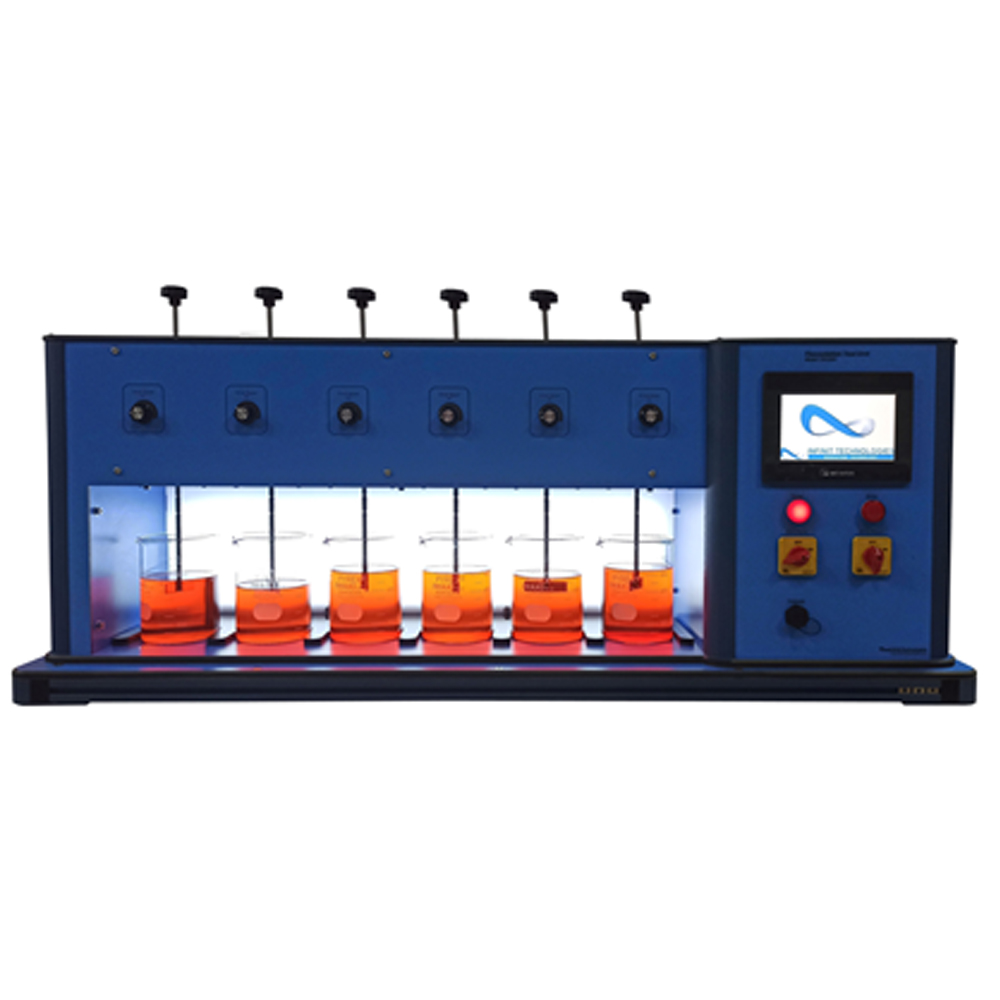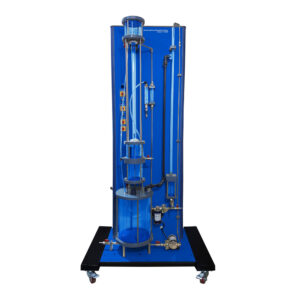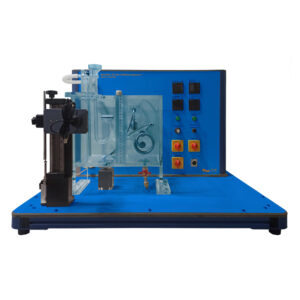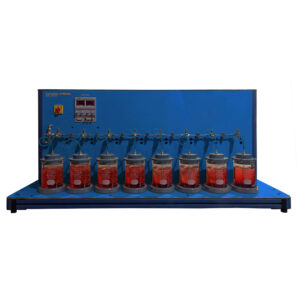Before designing a water or wastewater treatment plant, preliminary tests called flocculation and coagulation are performed. Jar tests are frequently used to monitor plant operations. They help to determine the best chemical dosages to remove turbidity and color, the necessary pH changes, and when additional activated carbon should be added.
The results of jar tests provide a variety of data regarding the evaluation of agglomeration rate as a function of energy input (paddle speed), settle ability of the floc produced, and water clarity (which might be related to the subsequent length of filter run).
The kinetics of response, the filterability index, and the elimination of trace elements from aqueous solutions are just a few examples of basic processes that can be studied using coagulation and flocculation assays in conjunction with other experiments. The ICT-3299 has features that allow for the execution of six tests at once. Every flocculating vessel has a stirrer paddle that is powered by a separate variable-speed drive. The test containers’ paddle assemblies can be simply removed for removal and cleaning. To prevent corrosion, the paddle shafts are composed of stainless steel.




